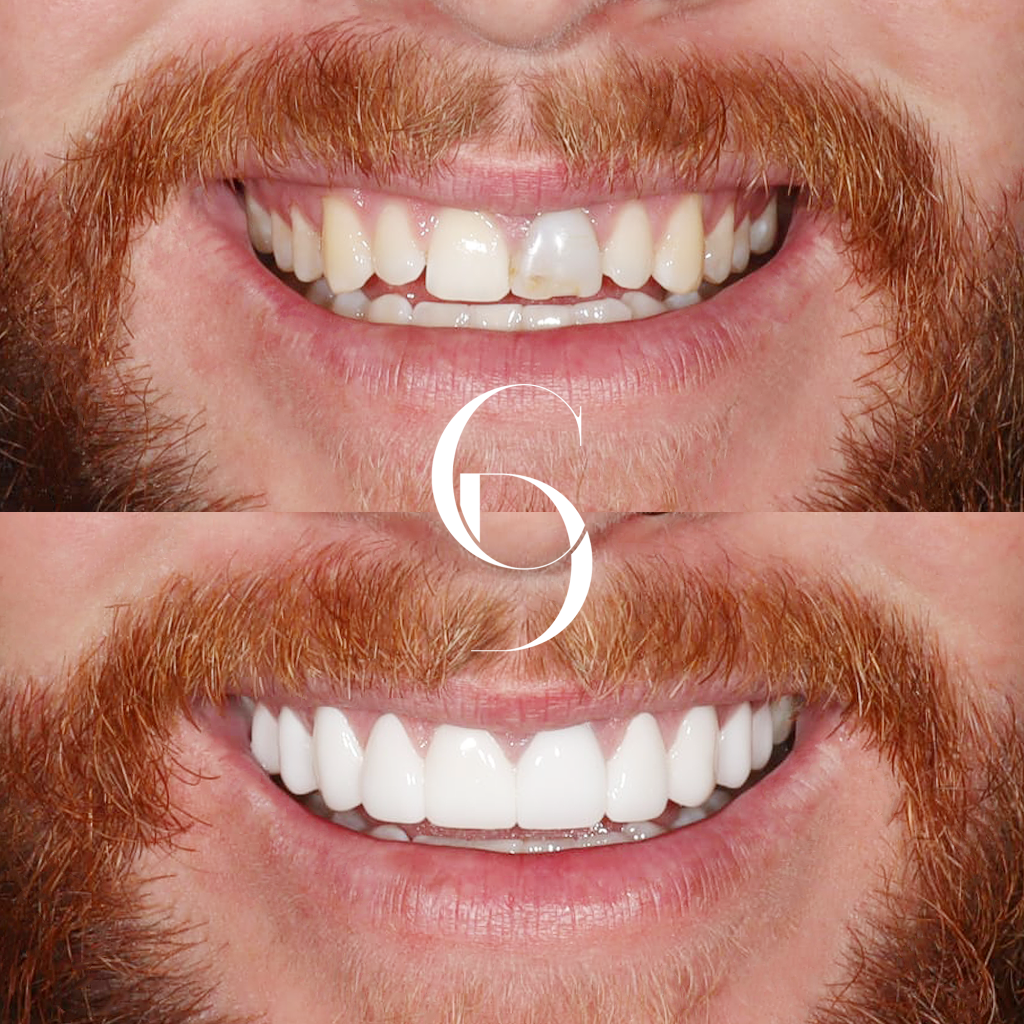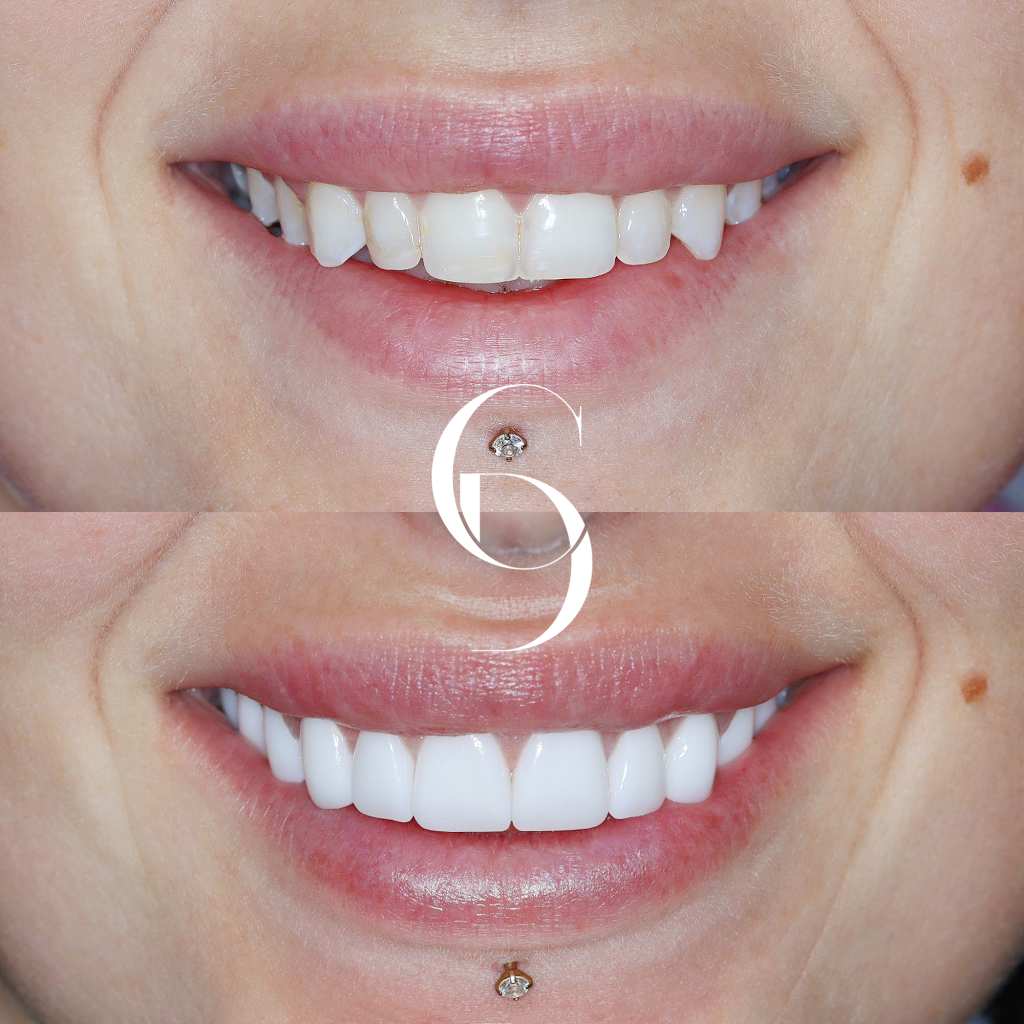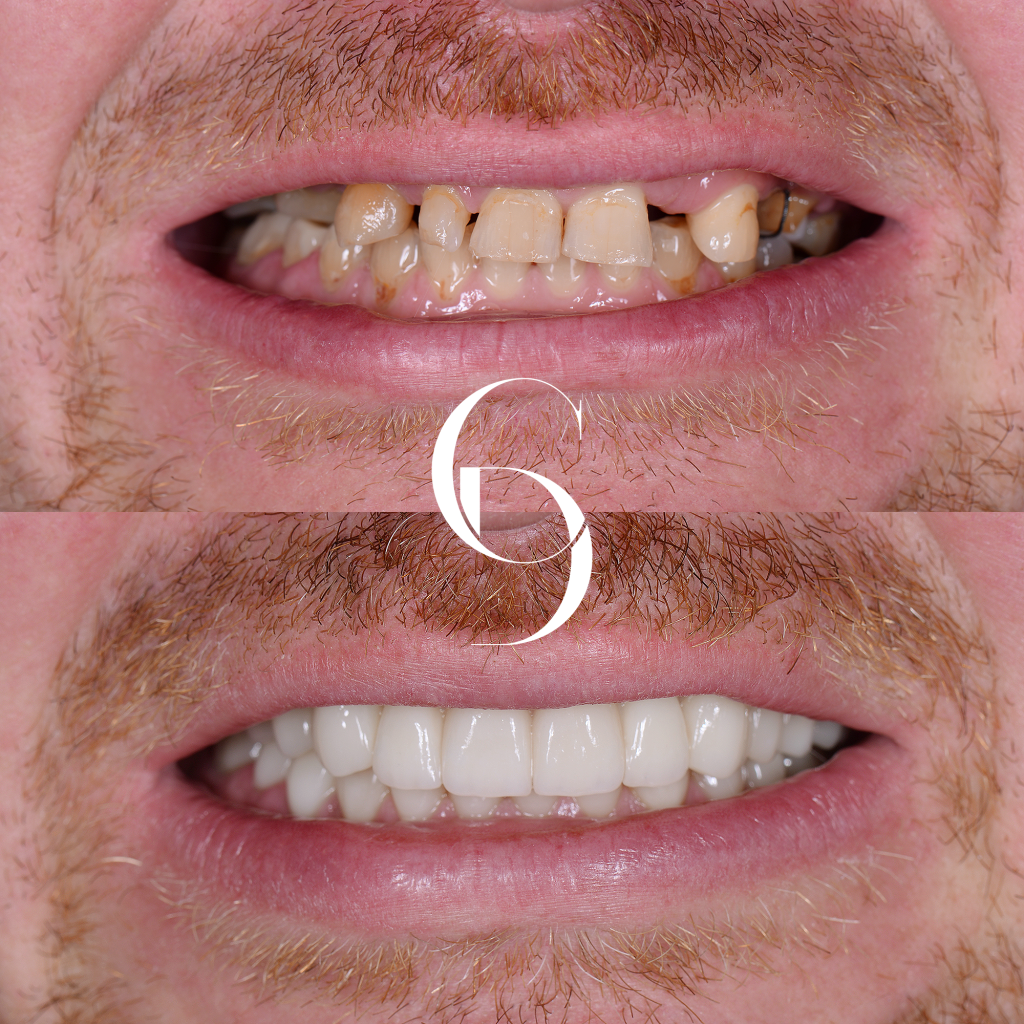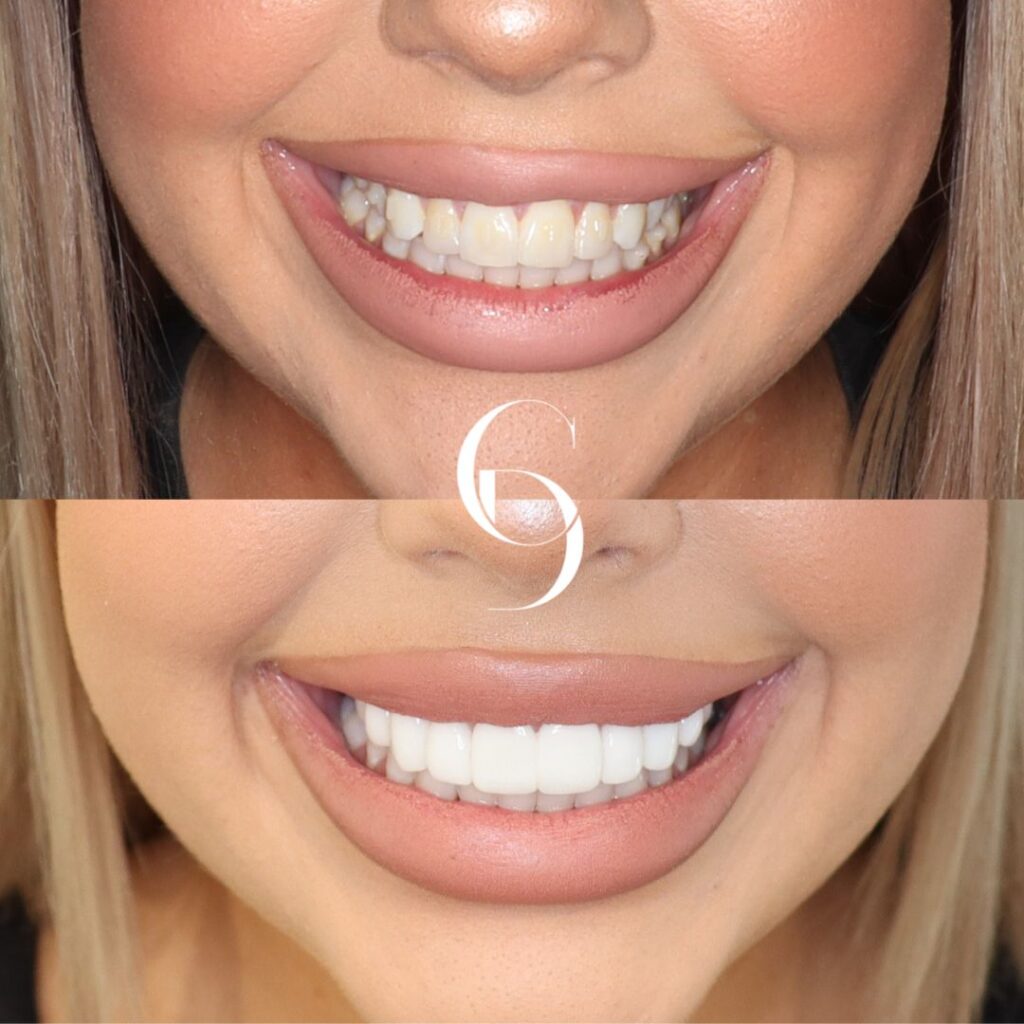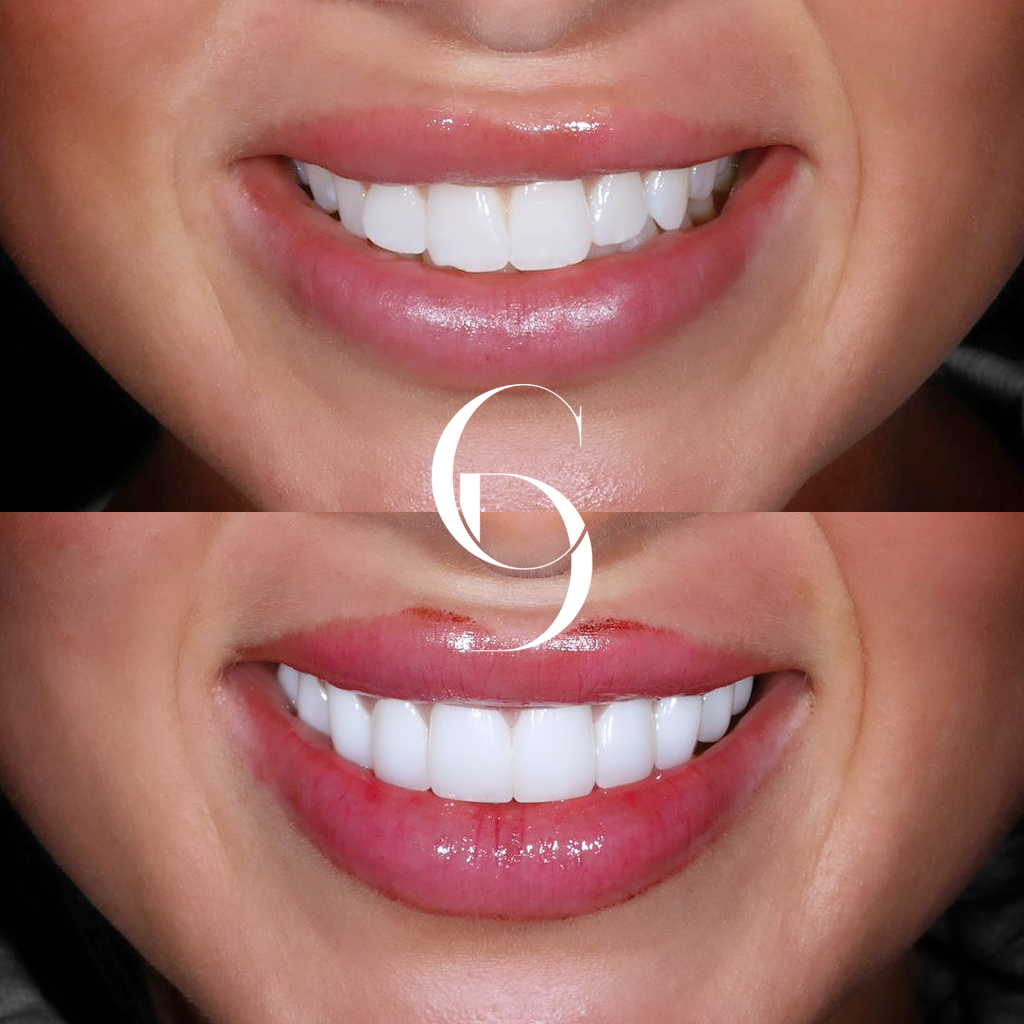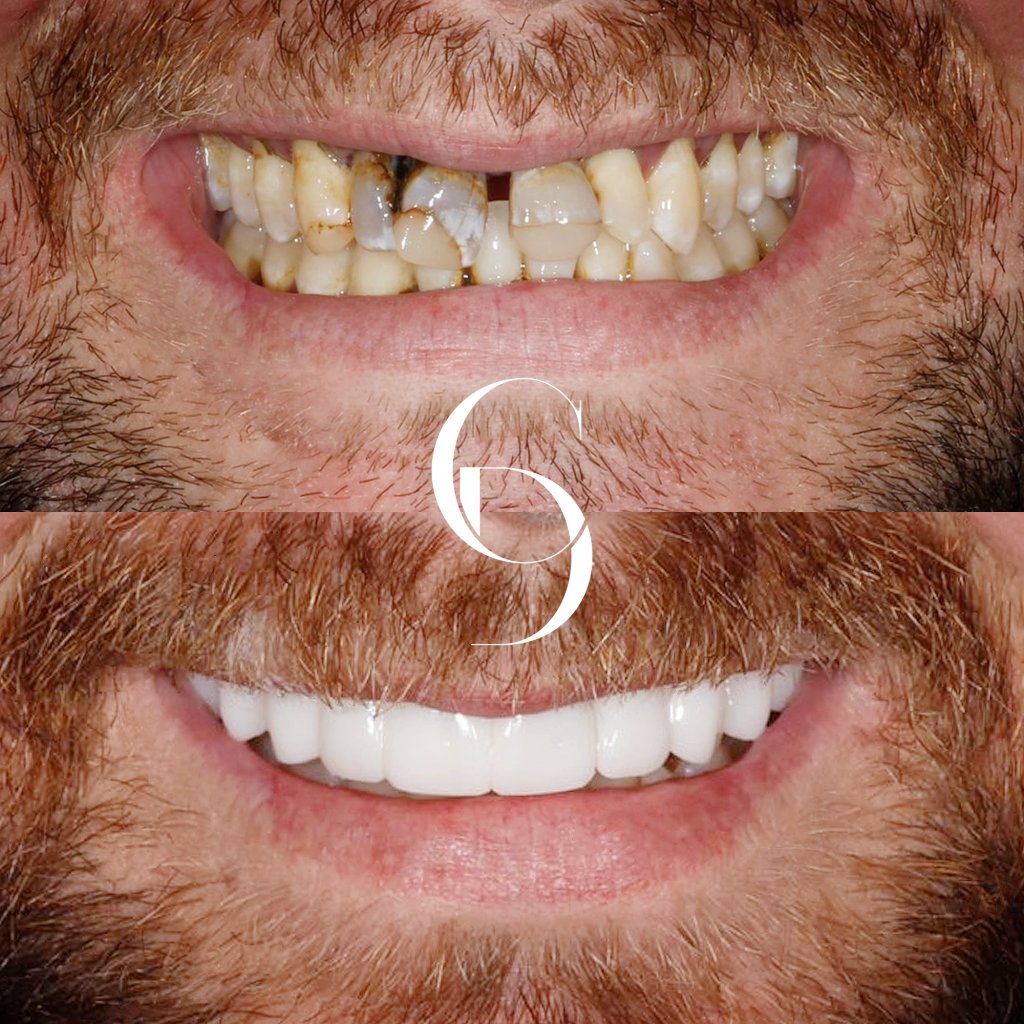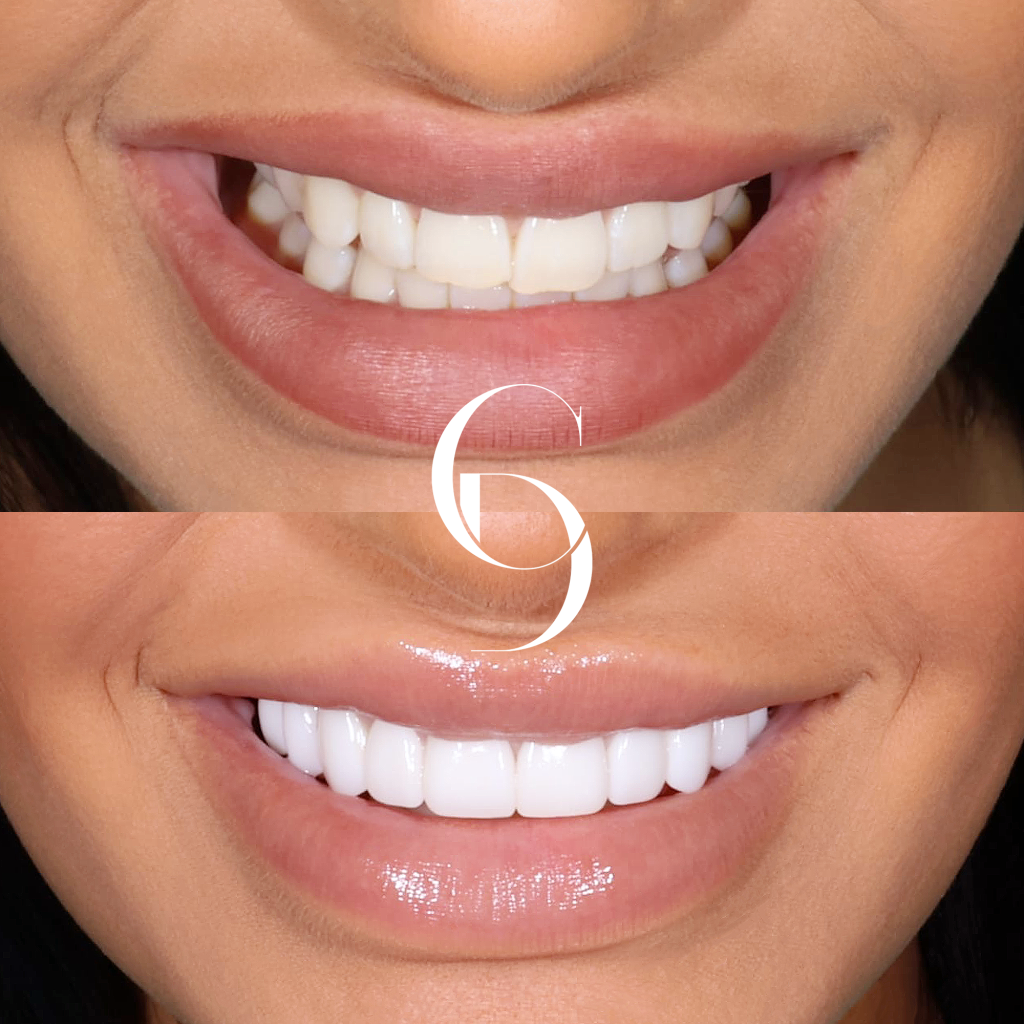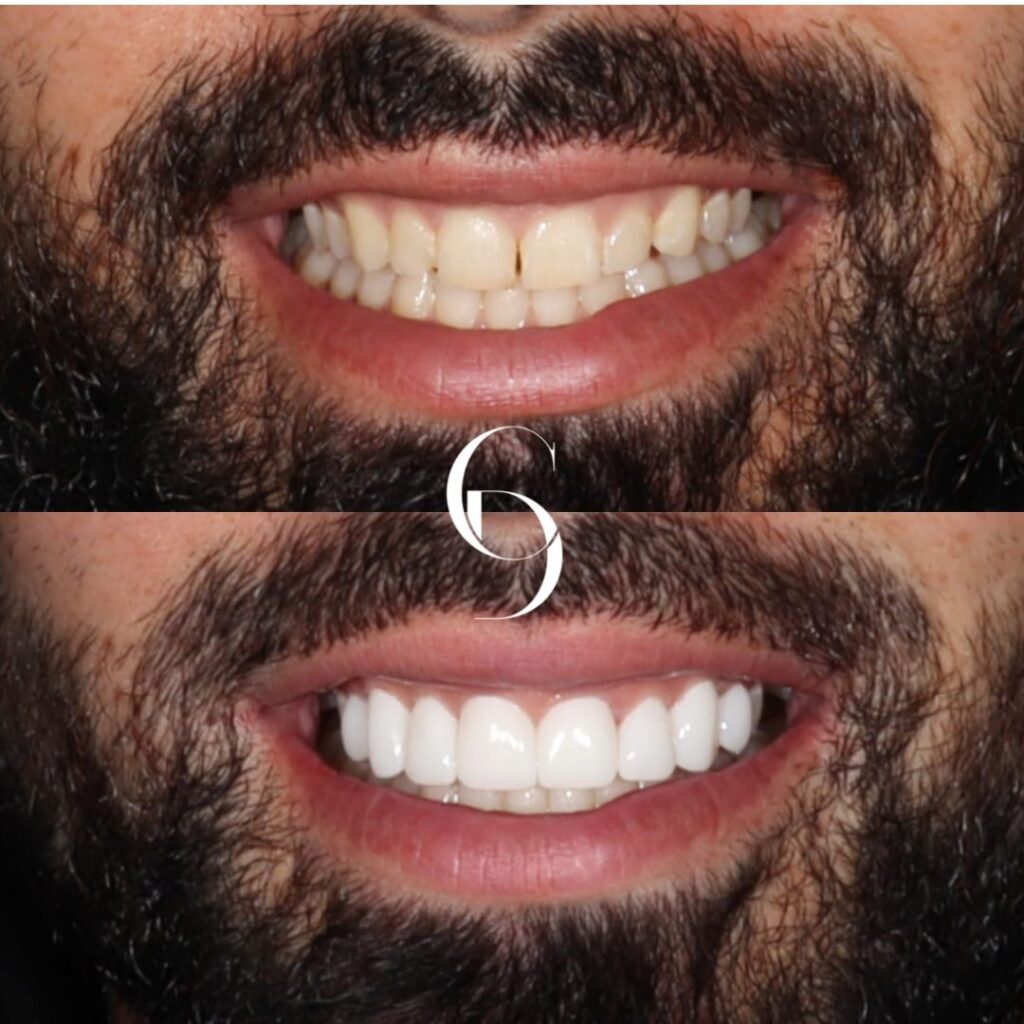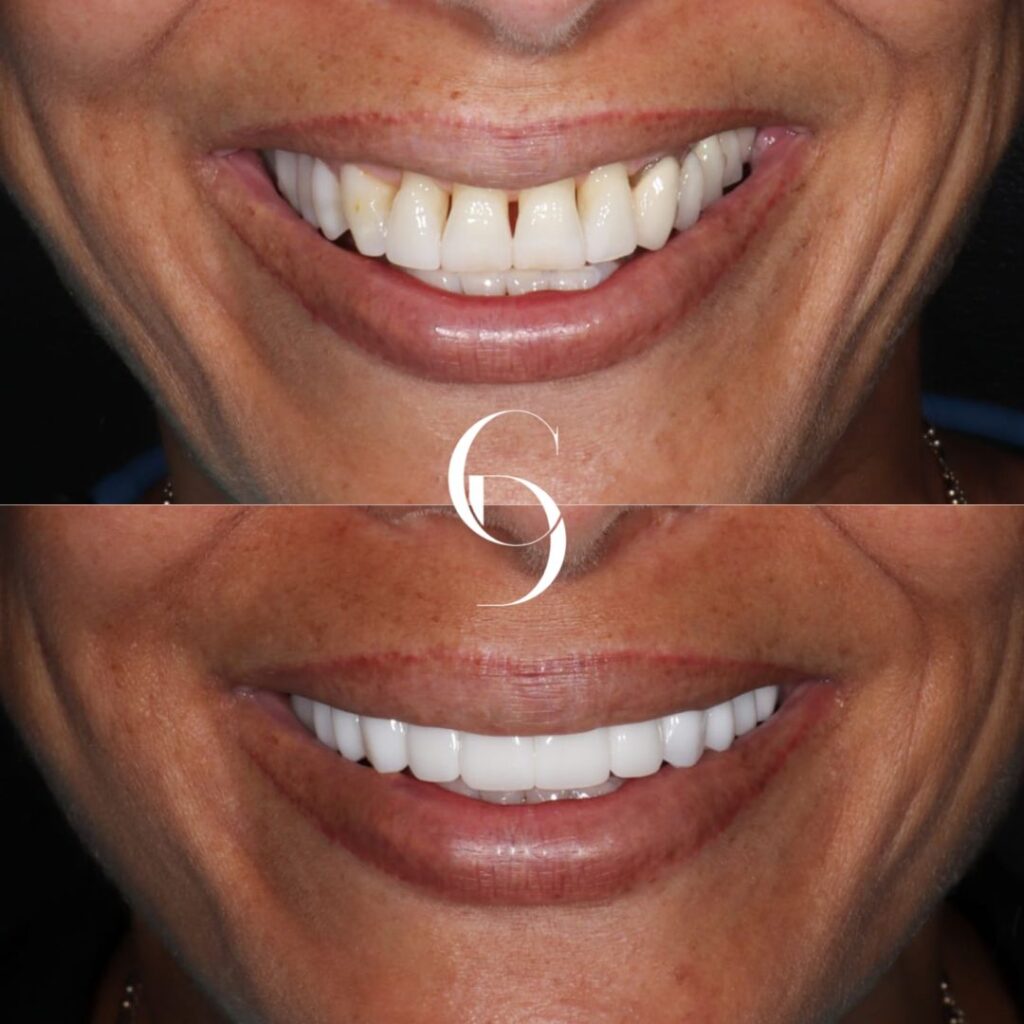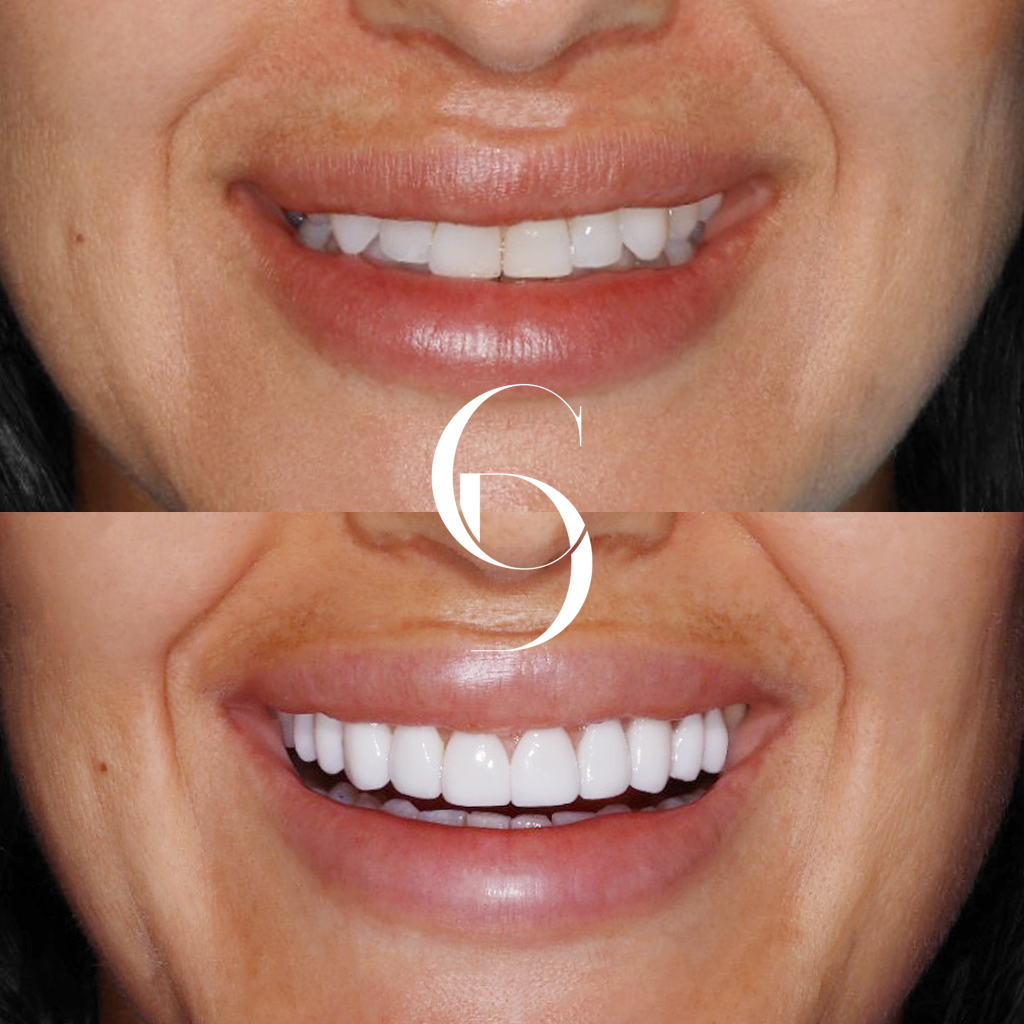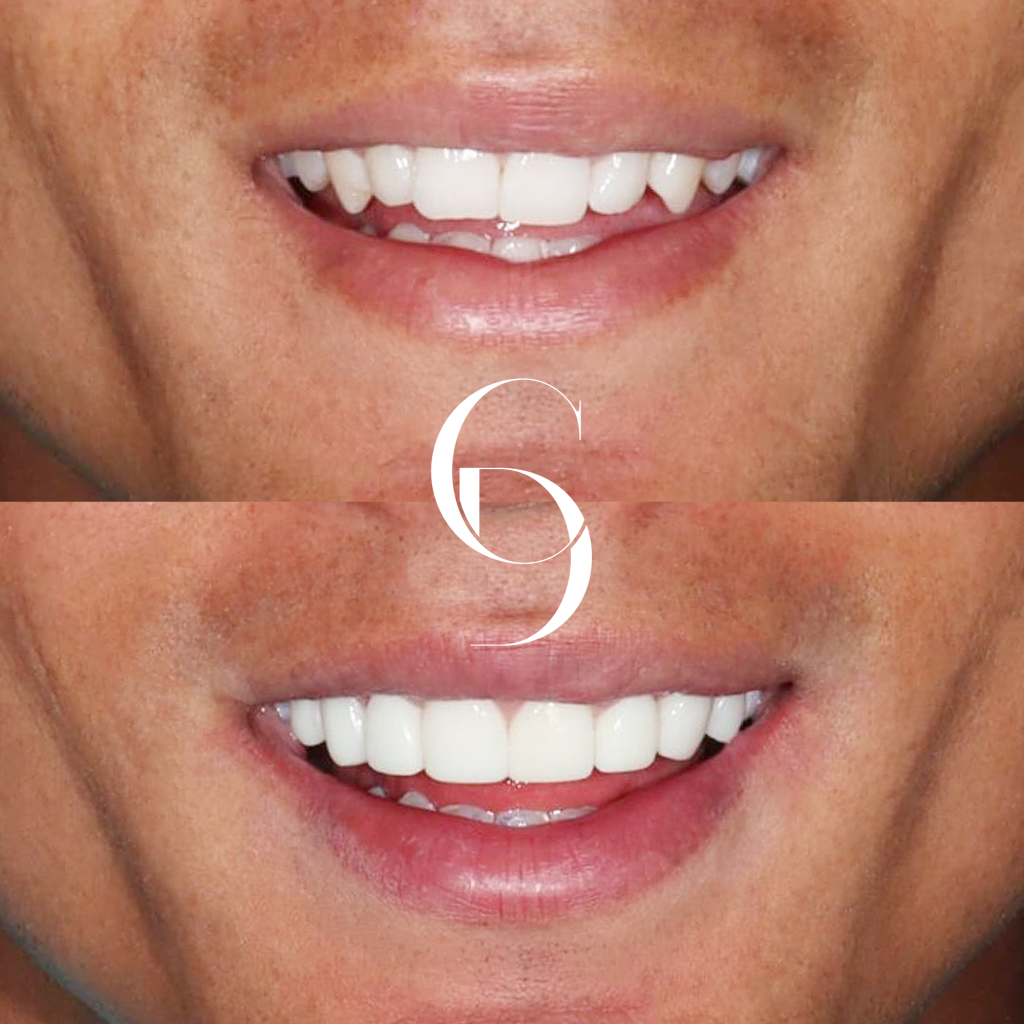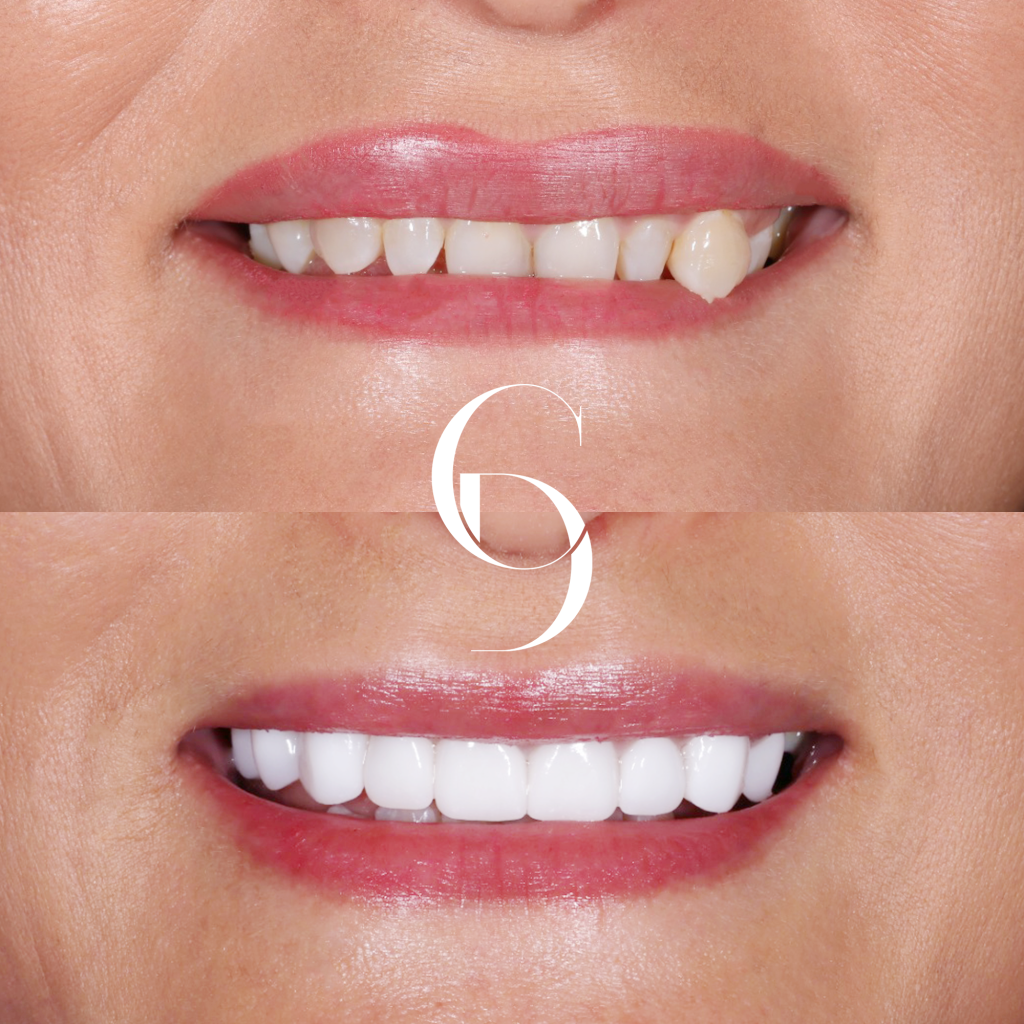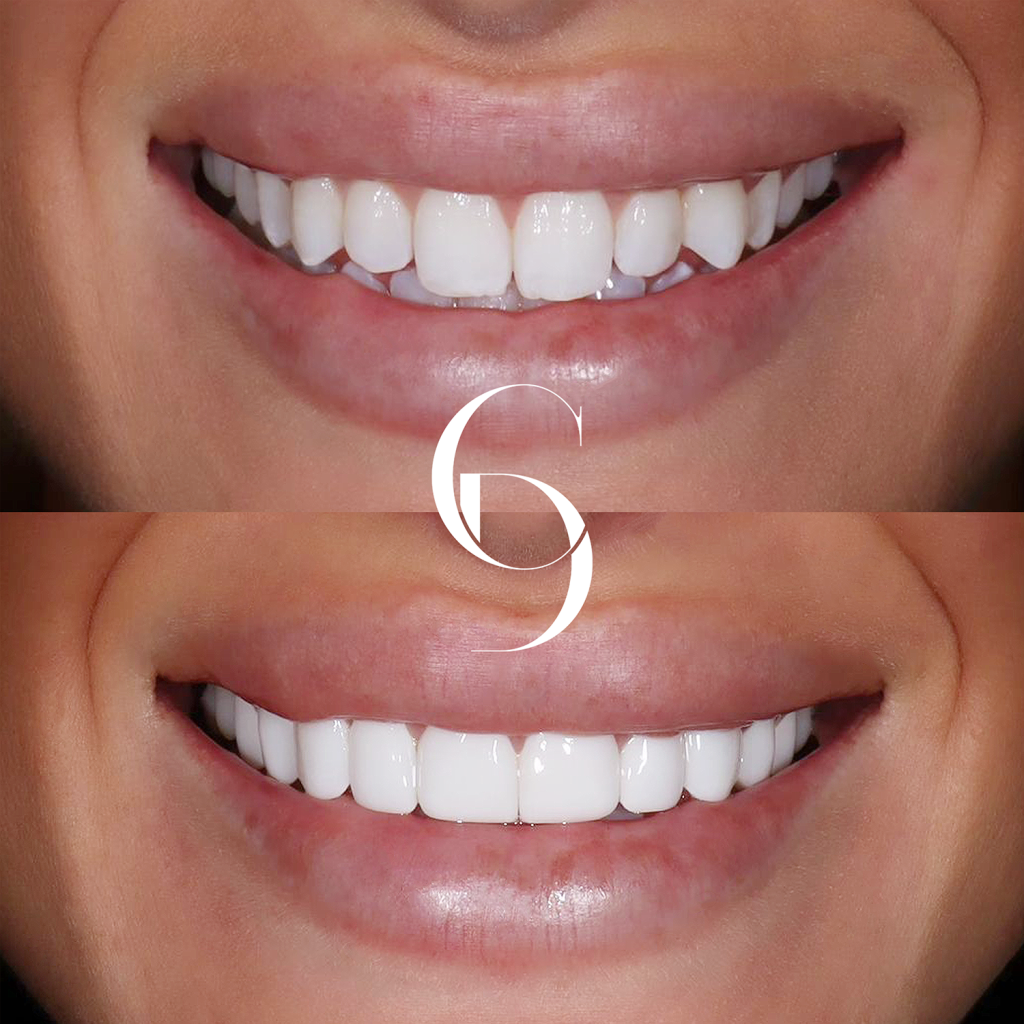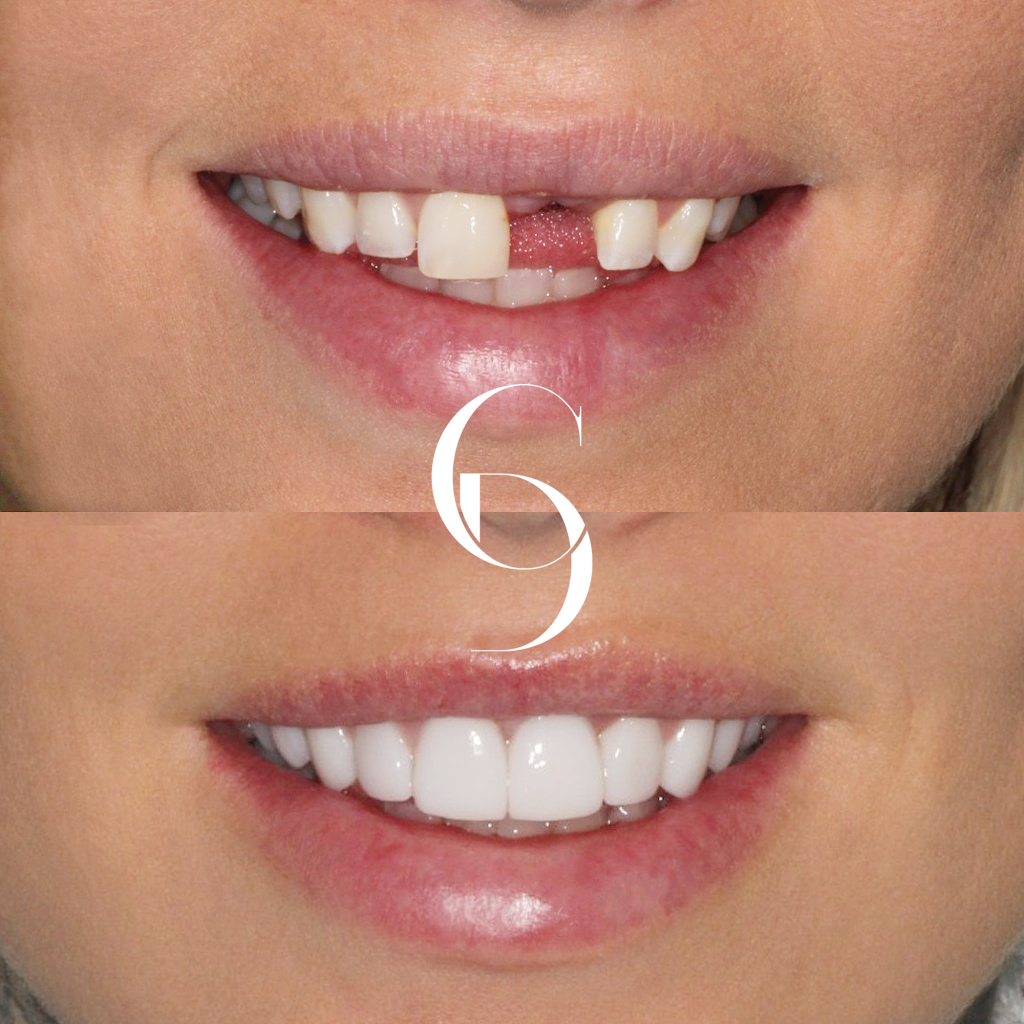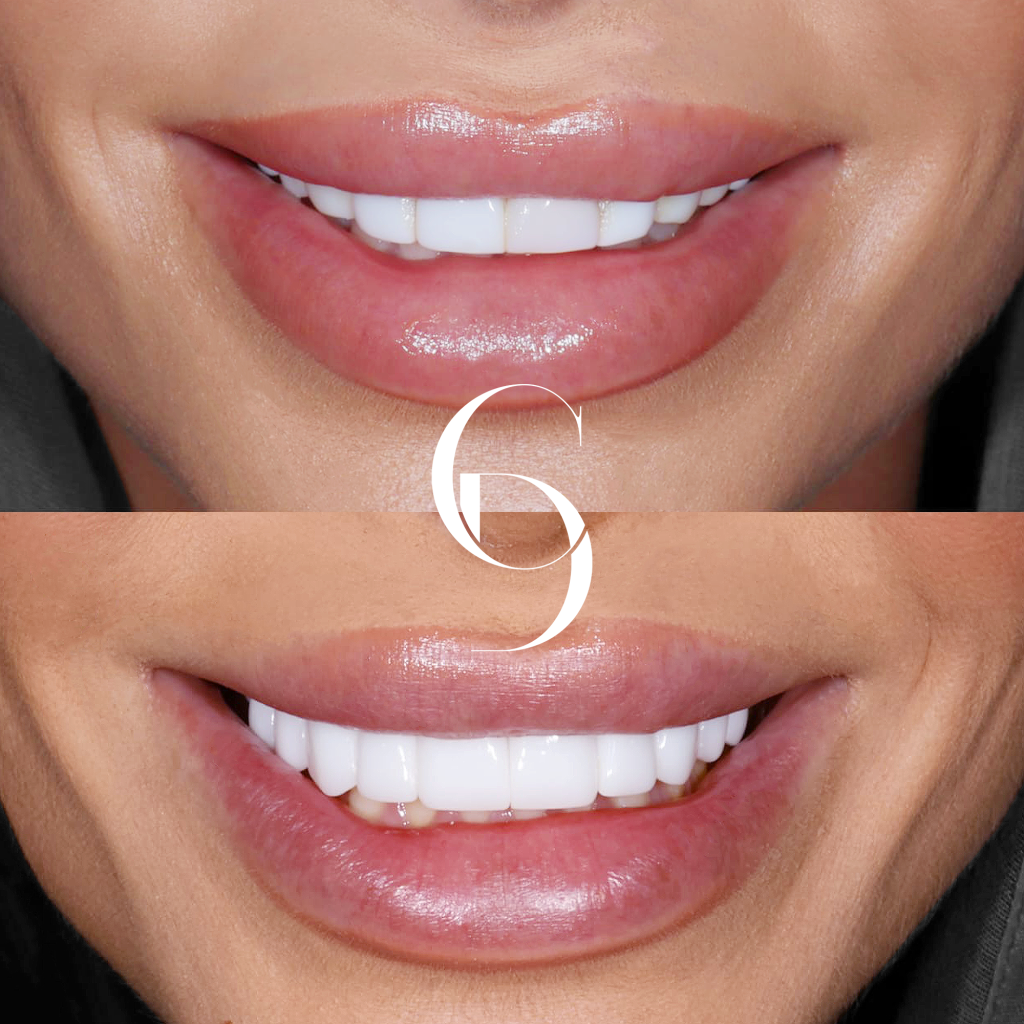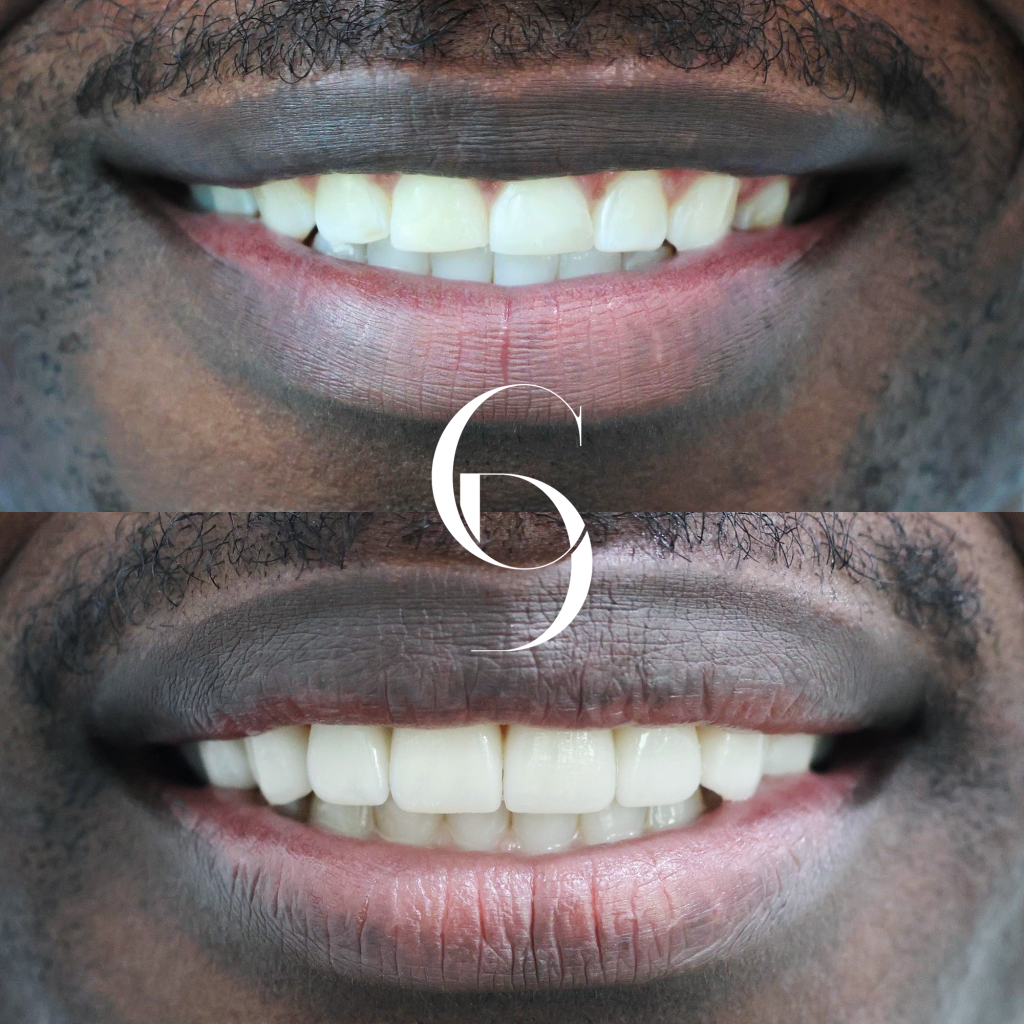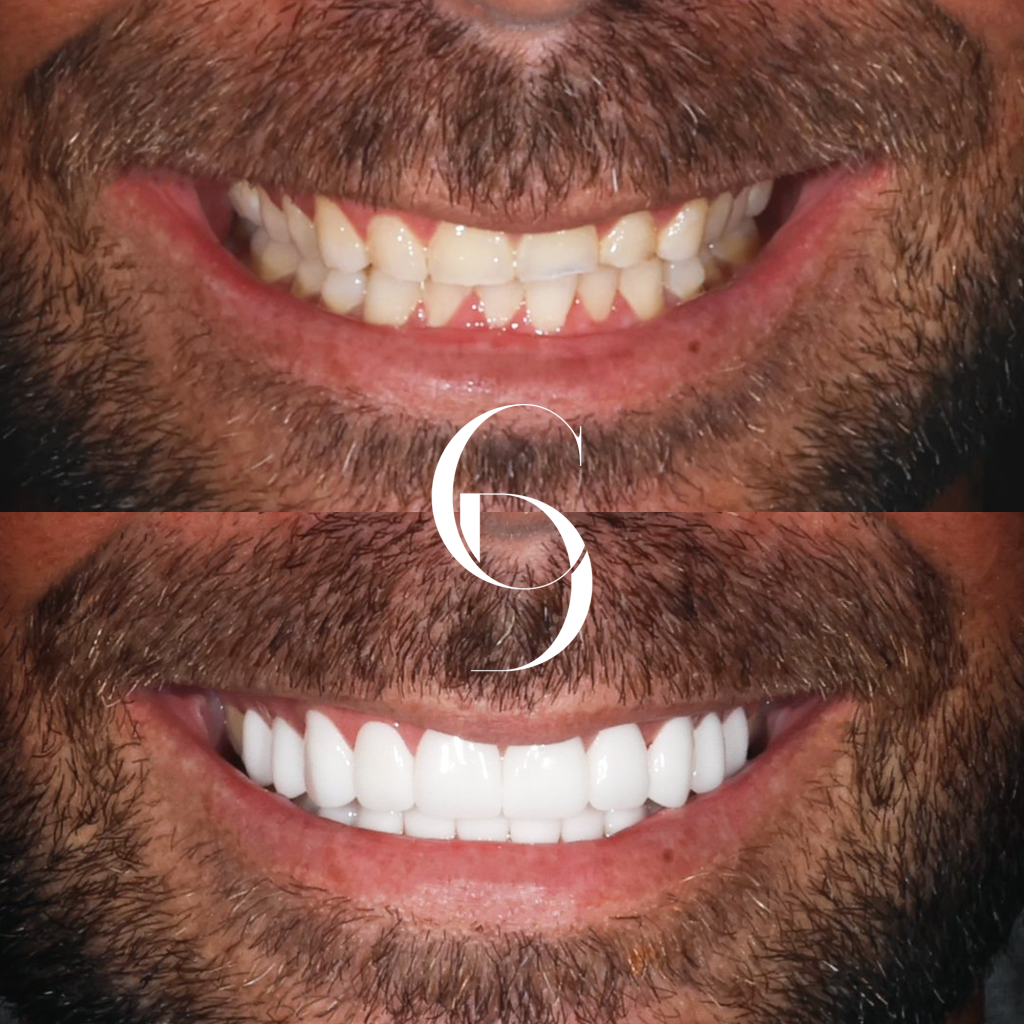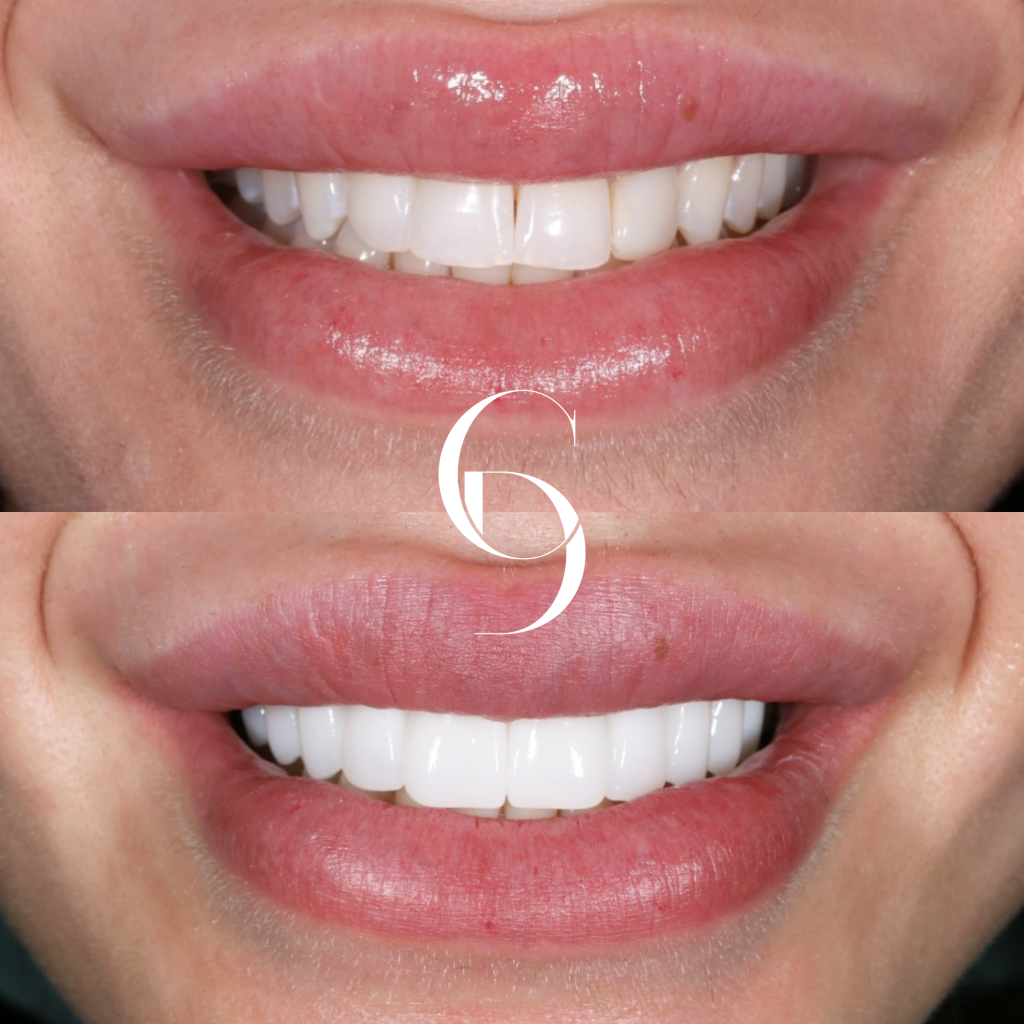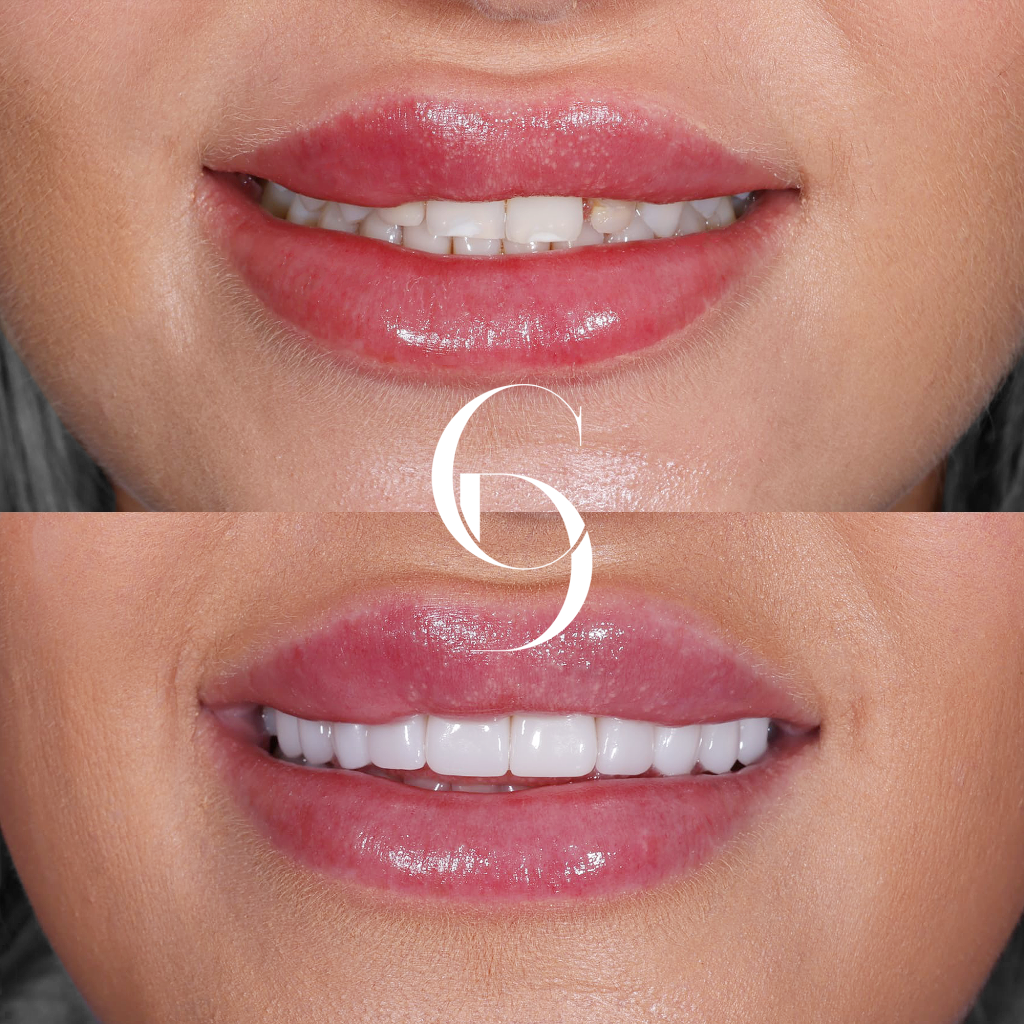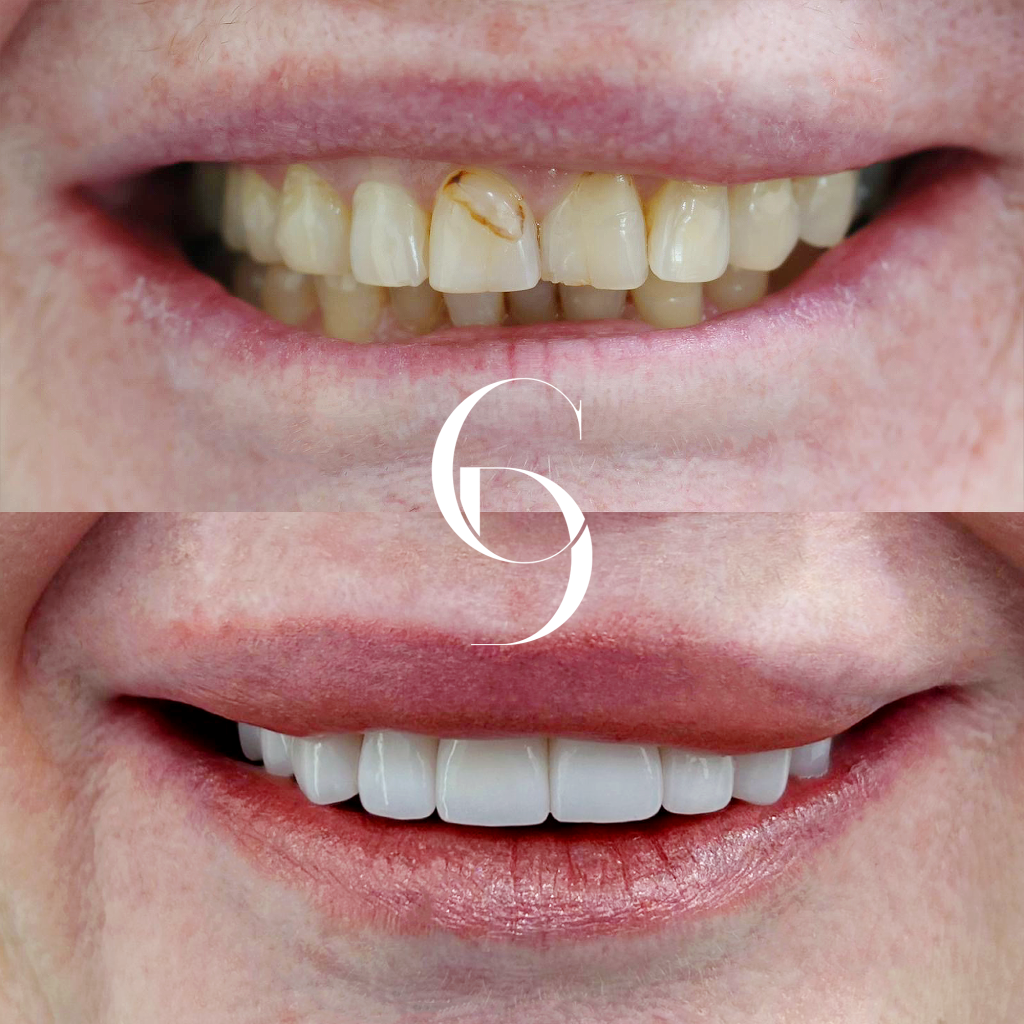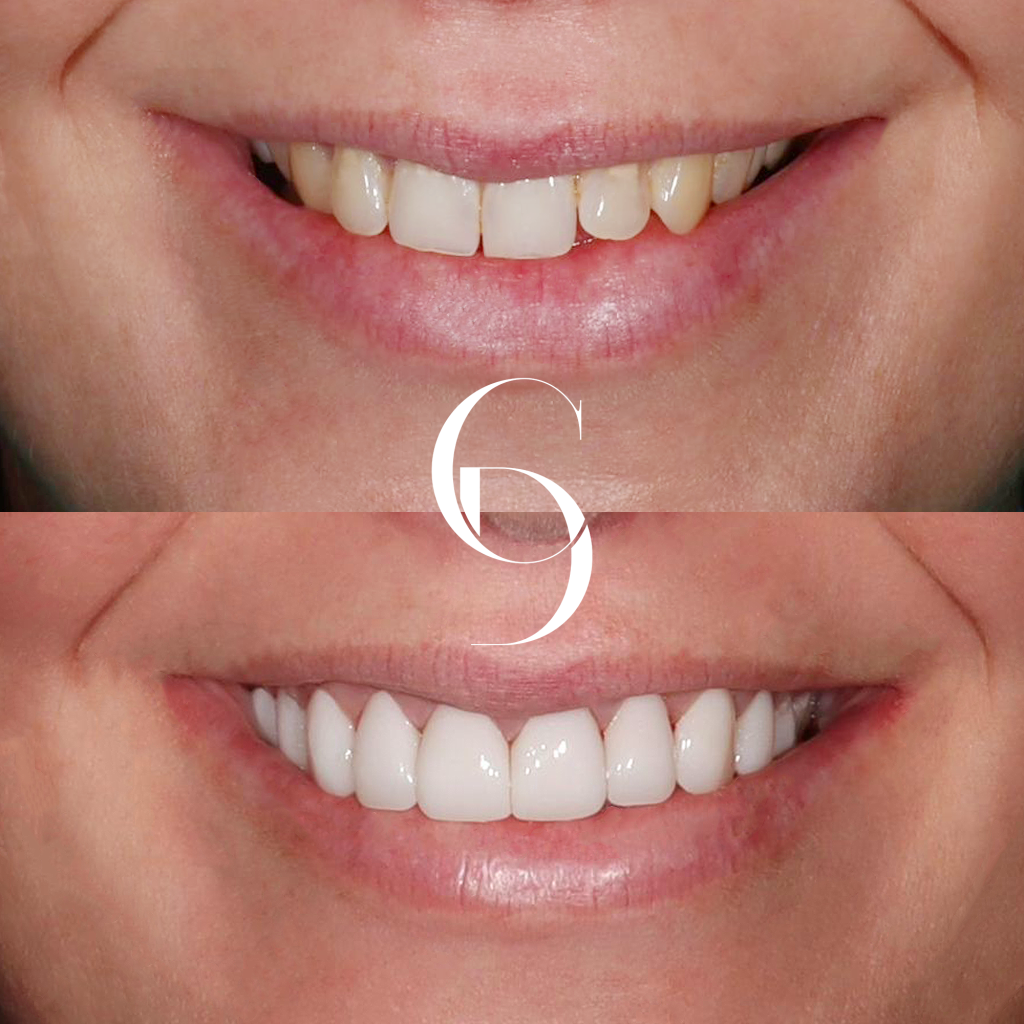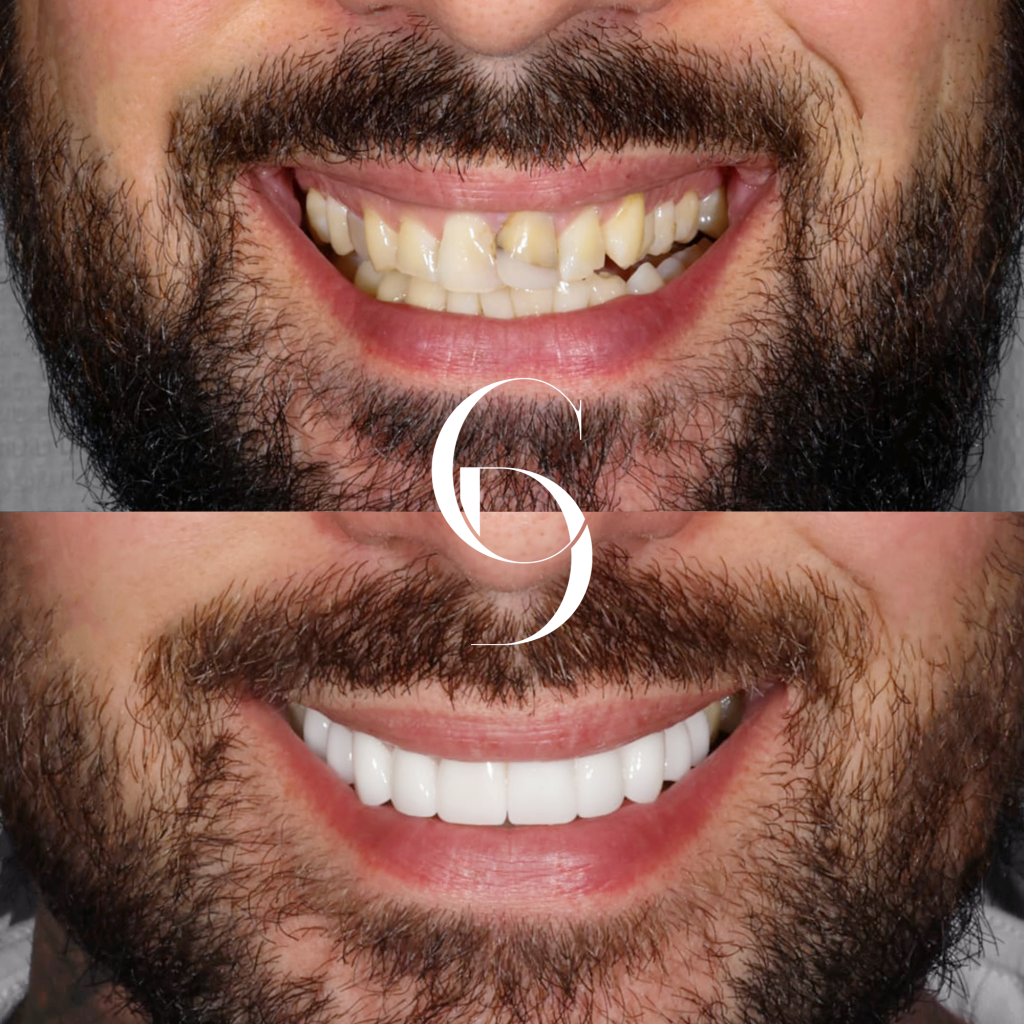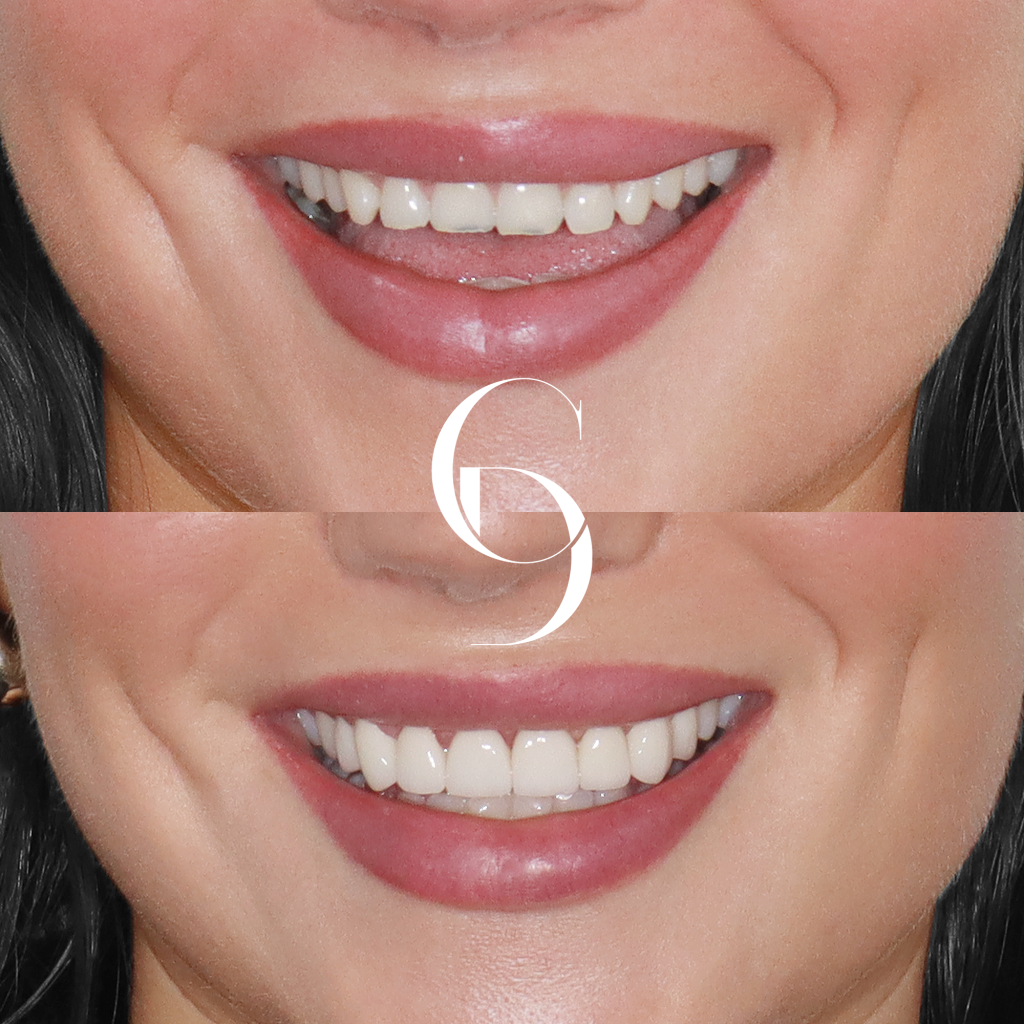Are you confused about the right procedure required for your dental fillings? Don’t worry; you are not alone in facing these cavity issues; according to the Australian Dental Association, 1 in 3 Australians over 15 years of age has untreated tooth decay, caused mainly by Streptococcus mutans Bacteria. These decay-causing bacteria use the sugar from foods and drinks as energy to create acid that attacks the surface of the teeth and causes decay.
Now, the puzzling part is that everyone has a different experience while getting their dental fillings. Some people are required to visit their dentist more frequently, whereas others might get it done in fewer visits, depending on their pain level and severity. What you have heard about others may not be suitable for your situation. But Fear not! We will provide you with all the Factual information about the indication requiring dental filling and the different stages of the procedure.
Are you a suitable Person for Dental Filling?
Let us determine if you are a suitable person for getting a tooth filling. Signs like extreme pain or discolouration near specific areas of teeth can often be visible when you require dental treatment for your tooth decay. Ignoring these can lead to further tooth damage and costly procedures down the line. Here are a few key symptoms that give a signal that it is time to visit your dentist:
Throbbing toothache:
A persistent, throbbing pain or sensitivity to temperature in the tooth is a major red flag. This indicates inflammation or infection, possibly due to bacteria infiltration.
Pain when chewing:
If biting down on certain foods triggers sharp pain in the tooth, it could be due to a crack or causing pressure on the underlying tooth structure.
Sores or Ulcers near a specific tooth
Sores or ulcers could indicate tooth decay or an infection in the gum tissue near the affected tooth. It can also result from trauma to the soft tissue caused by sharp edges or irregular surfaces of a damaged tooth.
Swelling or tenderness in the gums
Swelling or the presence of pus around a particular tooth can be a symptom of tooth decay and may necessitate the placement of dental fillings.
Pits, gaps, or Discoloration in the teeth
Visual signs of cavities, such as visible holes, pits, discolouration, or dark spots on the surface of the teeth, can indicate the need for dental fillings to restore the affected areas.
Understanding Stages Of Dental Filling Replacements:
There are two stages in the dental filling procedure: temporary and permanent fillings. Temporary fillings require several overlapping steps, like cleaning and filling the tooth multiple times until disinfected. On the other hand, Permanent fillings are not replaced often and typically last for 10-12 years, depending on the type of filling used.
Temporary fillings
-
Short-term solutions
Temporary fillings are a short-term solution often used as a stoppage measure to address immediate issues such as tooth sensitivity and discomfort or to protect a tooth until a permanent filling can be placed.
-
Types of temporary fillings
They can be made from zinc oxide-eugenol, intermediate restorative material (IRM), or temporary dental cement.
-
Frequency of Replacement
The replacement frequency for temporary fillings depends on the individual case, but they are usually meant to be replaced with permanent fillings after the tooth is cleaned and disinfected correctly or as suggested by your dentist.
Permanent fillings
-
Long-term solutions
A permanent filling, also known as a definitive or final filling, is a long-term solution to restore the function and structure of a tooth.
Types of permanent filling and frequency of replacement
1. Amalgam fillings:
These are made from a combination of metals, including silver, mercury, tin, and copper. Amalgam fillings are known for their durability and are typically replaced every 10-15 years.
2. Composite fillings:
These are tooth-coloured fillings made from a mixture of plastic and glass. The lifespan of composite fillings is generally around 5-7 years before needing replacement.
3. Gold fillings:
Gold fillings are highly durable and can last for more than 15 years. They are often more expensive than other fillings but are known for longevity.
4. Ceramic fillings:
These are also tooth-coloured fillings known as porcelain fillings, just like porcelain teeth veneers. They offer a durable and natural-looking solution and are highly resistant to staining and can last 10 years or more with proper care.
Factors Influencing Dental Fillings:
- Regular brushing, flossing, and dental cleanings can help prolong the lifespan of fillings.
- Grinding or clenching of teeth can accelerate the wear and tear of fillings, requiring more frequent replacement.
- The longevity and lifespan of fillings also depend on the type of material used.
- Personal habits like Diet, smoking, and oral care practices can impact the duration of fillings.
Final Words
Ultimately, It’s important to consider that the dental filling procedure may vary for each individual based on the specific condition of their teeth. Regular dental check-ups and X-rays are essential for assessing the condition of fillings and determining if replacement is necessary.
If you seek any kind of Dental health revival procedure, such as dental fillings, veneers for teeth, teeth whitening or others, book an appointment with us!


